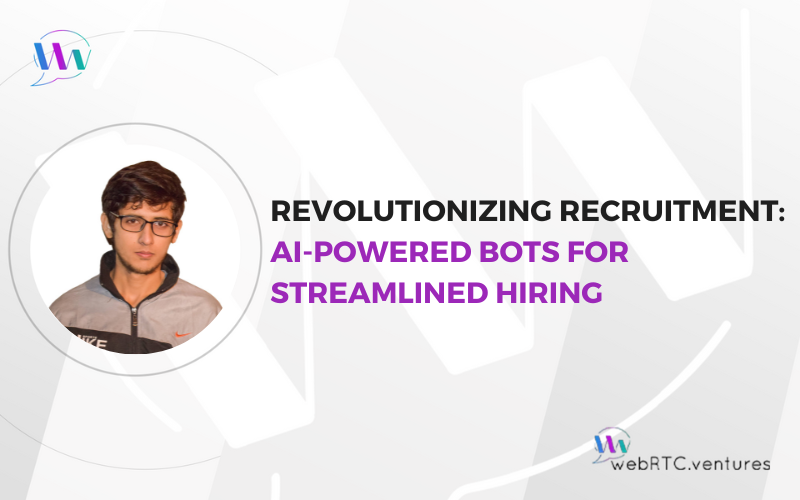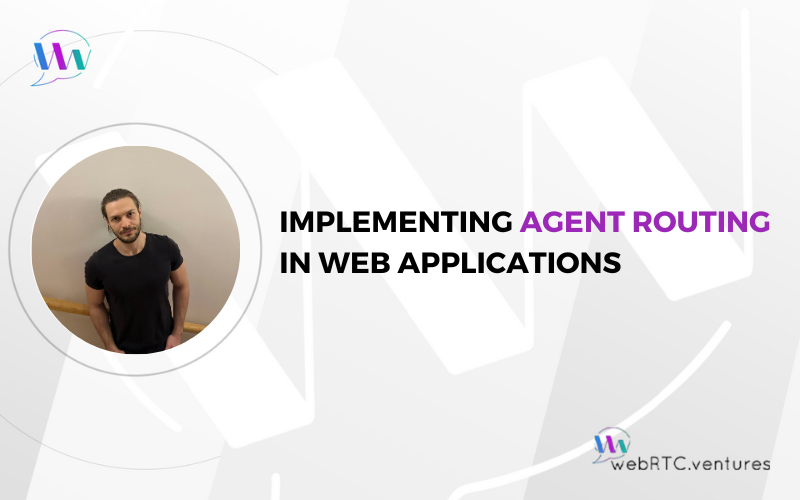
Hiring is a multifaceted challenge for both employers and job seekers. Navigating the intricacies of candidate evaluation adds an unwieldy layer of complexity to the hiring process. To make the hiring process more efficient–and more pleasant–for all parties, we built an AI-powered “recruitment bot” using Amazon Lex

In a previous post, Why You Need Agent Routing in your WebRTC Application, we defined superior agent routing as pairing users quickly and efficiently with the right customer support agent, one that is able to provide the assistance they need to solve their problem. It’s a game

Many CPaaS providers, like the Vonage Video API, have JavaScript libraries that allow application developers to build WebRTC video applications. These integrate with CPaaS infrastructure and leverage the WebRTC APIs in the browser. For typical applications, this behavior works well. Some applications may require more advanced functionality,

Last week, my colleague Hector Zelaya authored a post called, Live eSign Saves a Trip to the Bank. He spoke about how the power trio of secure WebRTC video conferencing, co-browsing, and PDF editing could make visiting a financial institution or similar office to sign documents or






